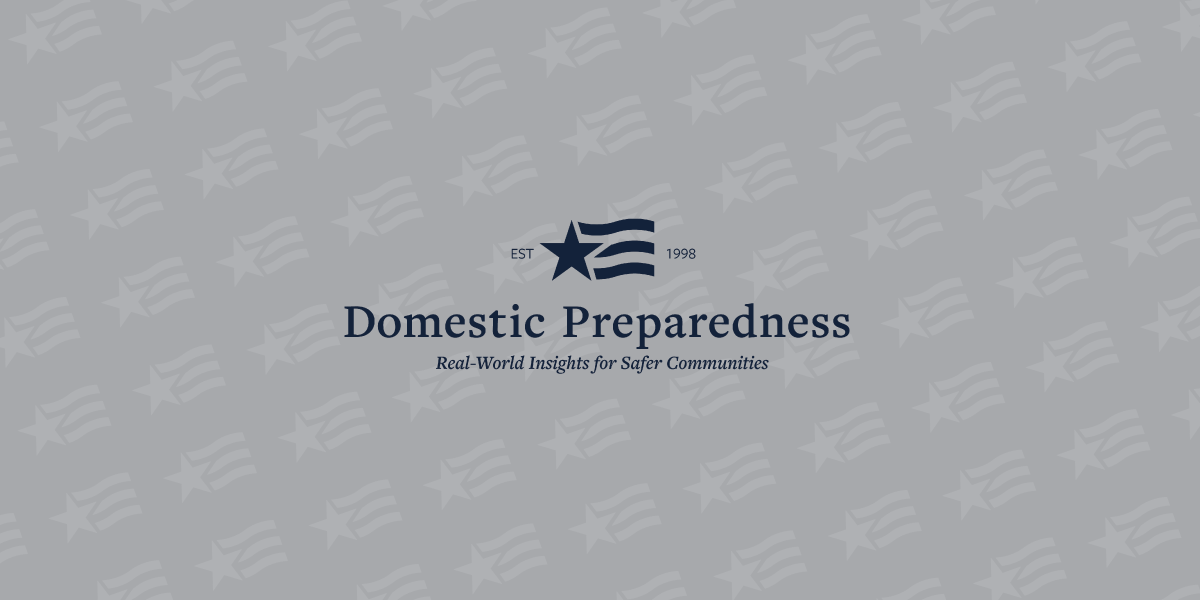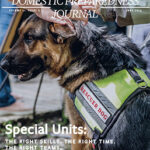- Articles, CBRNE, Communication & Interoperability, Critical Infrastructure, Emergency Management, Emergency Medical Services, Fire, Hazmat, Hospitals, Law Enforcement, Public Health, Science & Technology, Transportation
- Craig DeAtley
A new federal resource equips healthcare providers with a valuable information repository. This resource also offers a way to request technical assistance and provides a forum for peer-to-peer discussions. Decontamination is just one of the many in-depth topics addressed by subject matter experts in the healthcare field.
Patient decontamination is a complex problem faced by emergency medical services (EMS) and hospital personnel. Preparing to manage this situation requires both groups to stay current with rule changes and best practice recommendations. In September 2015, the U.S. Department of Health and Human Services (HHS) Office of Assistant Secretary for Preparedness and Response (ASPR) launched an Internet-based program intended to advance public health disaster preparedness, and one topic included in its scope is patient decontamination.
Anatomy of an Information Gateway
ASPR TRACIE (Technical Resources, Assistance Center, Information Exchange) is an emergency preparedness information gateway that offers three forms of assistance:
The Technical Resources section consists of topic-related collections of materials such as journal articles, textbooks, fact sheets, reports, plans, tools, templates, and webinars screened for inclusion by subject matter experts.
The Assistance Center connects people seeking assistance via phone (toll-free number), email, and online with subject matter experts for technical consultation on a range of topics.
The Information Exchange provides a password-protected forum where stakeholders can discuss and share information about present or pending health threats and best practices.
In developing ASPR TRACIE, HHS solicited the assistance of subject matter experts across a wide spectrum of specialties and locales to eventually address 65 topics that fall under the following seven primary subject areas:
Emergency management foundations
Healthcare coalition development and organization
Disaster operations
Disaster research and modeling
Specific hazards/patient care topics
Communications
Disaster veterinary issues
One subsection within the “Specific hazards/patient care topics” contains a vast amount of information on hospital victim and pre-hospital victim decontamination. The types of resources categorized under the topic collections include:
Must Reads
Chemical Decontamination
Education and Training
Guidance Documents
Lessons Learned
Pediatric Considerations
Plans, Tools, and Templates
Radiological Decontamination
Resource Allocation
Responder Health and Safety
Each resource is annotated and includes a hyperlink that takes the user to the listed item for immediate viewing. The user also has the opportunity to rate the value of the resource, which is archived for future users. Also available in both collections is a section that lists agencies and organizations that have a page, program, or specific research on the subject.
Exchanging Information With Experts
The assistance center offers more personalized information about decontamination (and other topics) with in-house experts and external subject matter consultants answering questions received. Once the requested support is completed, the question(s) (without personal identification) and answer(s) are then posted on the Information Exchange for other interested persons to access.
The Information Exchange is a password-protected site that is operational 24 hours a day and allows interested participants to connect with one another in near real-time conversations to:
Discuss important issues they are confronting – for example, how responders plan to prioritize patients for decontamination in large-scale incidents or how to decontaminate patients with special needs
Share lessons they have learned – for example, what works for doing dry decontamination and how to decontaminate non-ambulatory patients
Share plans and other written material
Decontamination is an often-practiced skill performed by hospital and fire/EMS personnel. New equipment, the best ways to perform decontamination, and specific state and federal performance expectations are just some of the information that those responsible for performing and supervising decontamination need to know. ASPR TRACIE provides three easily accessible ways for the prehospital and hospital practitioner to access peer-reviewed material, talk with experts online or in person, and chat with one another about decontamination as well as other disaster preparedness topics.

Craig DeAtley
Craig DeAtley, PA-C, is director of the Institute for Public Health Emergency Readiness at the Washington Hospital Center, the National Capital Region’s largest hospital. He also is the emergency manager for the National Rehabilitation Hospital, and co-executive director of the Center for HICS (Hospital Incident Command System) Education and Training. He previously served, for 28 years, as an associate professor of emergency medicine at The George Washington University. In addition, he has been both a volunteer paramedic with the Fairfax County (Virginia) Fire and Rescue Department and a member of the department’s Urban Search and Rescue Team. An Emergency Department PA at multiple facilities for over 40 years, he also has served, since 1991, as the assistant medical director for the Fairfax County Police Department.
- Craig DeAtleyhttps://domprep.com/author/craig-deatley
- Craig DeAtleyhttps://domprep.com/author/craig-deatley
- Craig DeAtleyhttps://domprep.com/author/craig-deatley
- Craig DeAtleyhttps://domprep.com/author/craig-deatley






